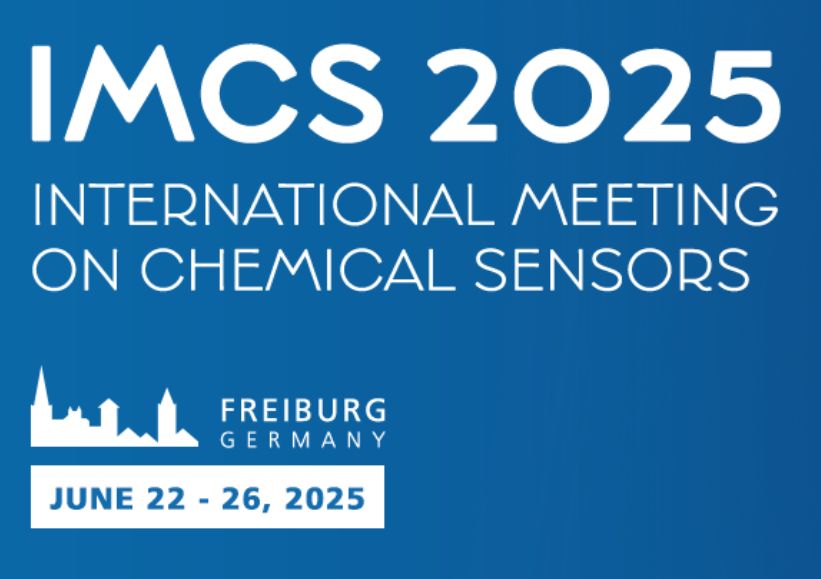Just published:
Andreas Schütze, Tilman Sauerwald: Indoor air quality monitoring
in: Eduard Llobet (ed.): Advanced Nanomaterials for Inexpensive Gas Microsensors - Synthesis, Integration and Applications
Elsevier Series Micro and Nano Technologies, 2019
doi: 10.1016/B978-0-12-814827-3.00011-6
Abstract
Indoor air quality is a major public health concern with an estimated half million premature deaths caused annually in Europe alone. Conventional methods of indoor air quality measurements using analytical standards have multiple shortcomings. First, they do not allow continuous monitoring due to their high costs. Second, they predominantly measure nonpolar volatile organic compounds and are often neglecting permanent gases, very volatile, low volatile, and polar compounds. Low-cost sensors and sensor systems based on nanomaterials are an obvious supplement to the existing methods, which can measure continuously and cover a broad range of substances. Metal oxide semiconductor gas sensors can meet the requirements in sensitivity, selectivity, and stability, especially when used with dynamic operation, for example, temperature-cycled operation. The required sensitive sensors with short thermal time constants can be obtained by novel deposition methods for thin granular oxide films using pulsed laser deposition or flame spray pyrolysis. The quality of the measurement, especially concerning selectivity between VOC and permanent gases, can be improved further by integrated sensor preconcentrator systems, which have been demonstrated as low-cost system without mechanical actuators. The high relevance of IAQ measurements has been the driving force for the development of a new generation of digital gas sensors from various manufacturers, which have been released within the last few years.



